
Lakers star Kobe Bryant joined about 10,000 people participating in this year’s HomeWalk. The 5K Run/Walk annual event, hosted by the United Way of Greater Los Angeles, aims to end homelessness by bringing awareness to the problem and raising funds to help those who need to find a permanent home.
This is the fifth year of the HomeWalk. The event started at 8:30 am on Saturday, November 19 at the Exposition Park with an opening ceremony. The Run/Walk begun at 9:00 am and ended at 10:15 am.
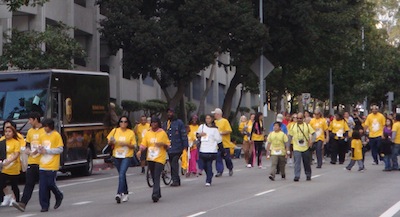
Over the past four years, HomeWalk has mobilized over 18,000 walkers, raised $1.7 million and created organizations that have moved 9,000 homeless people to a permanent house.
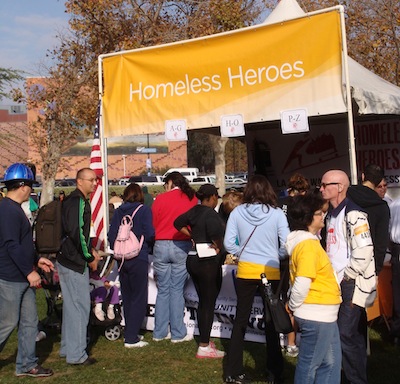 According to the United Way, there are over 51,000 homeless people in Los Angeles County. Of those:
According to the United Way, there are over 51,000 homeless people in Los Angeles County. Of those:
* 18% are veterans
* 40% are women and children
* 32% have a bachelors degree or higher
One of the leading reasons for homelessness is the loss of a job.









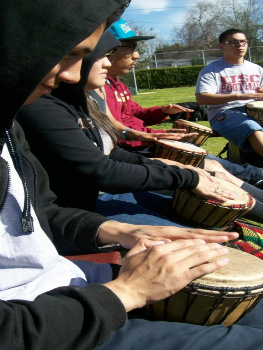
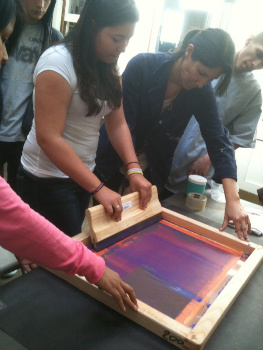 HeArt Project students learn how to screen print art.
HeArt Project students learn how to screen print art. A HeArt Project student proudly poses with her work of art.
A HeArt Project student proudly poses with her work of art.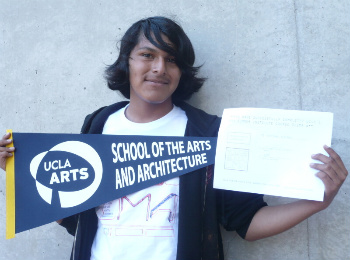
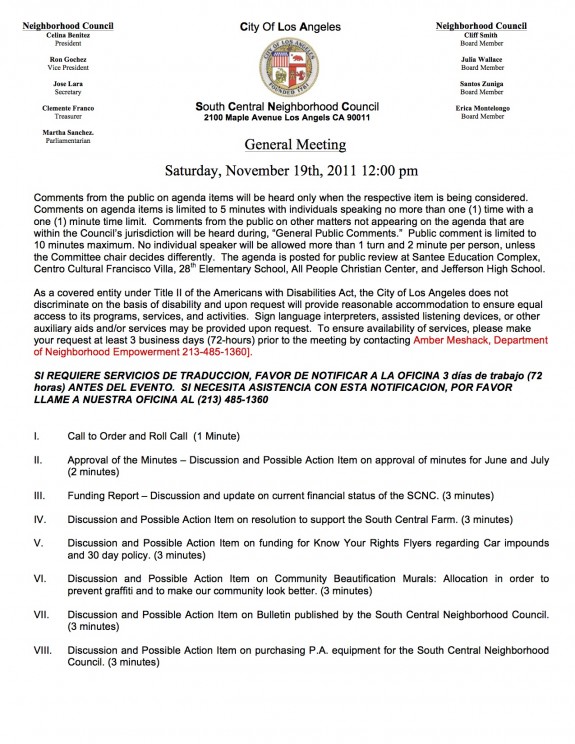
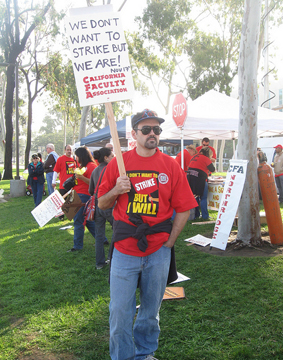 Hundreds gathered to picket in front of CSU Dominguez Hills Thursday. The Carson campus is one of two CSU campuses staging walkouts. The other is CSU East Bay, but professors from Cal State’s 23 campuses around California joined the protest. The strike comes just one day after CSU student protests over a nine percent tuition hike turned violent.
Hundreds gathered to picket in front of CSU Dominguez Hills Thursday. The Carson campus is one of two CSU campuses staging walkouts. The other is CSU East Bay, but professors from Cal State’s 23 campuses around California joined the protest. The strike comes just one day after CSU student protests over a nine percent tuition hike turned violent. 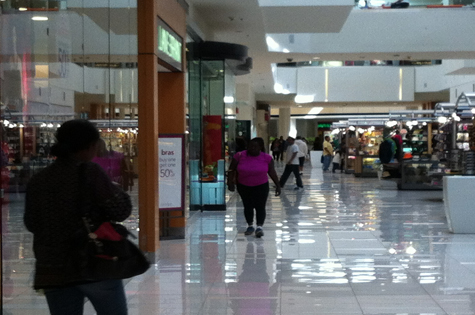
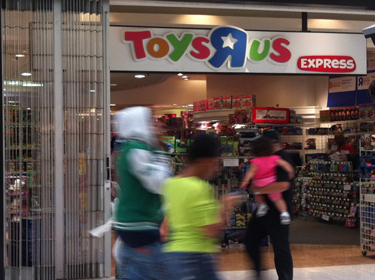
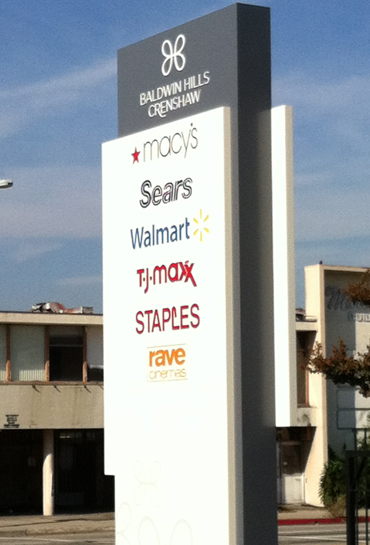 Aside from retail, the healthcare sector is an economic force for the district. Since it is not as affected by economic fluctuations as others, it served as a buffer insulating the Eighth District.
Aside from retail, the healthcare sector is an economic force for the district. Since it is not as affected by economic fluctuations as others, it served as a buffer insulating the Eighth District. 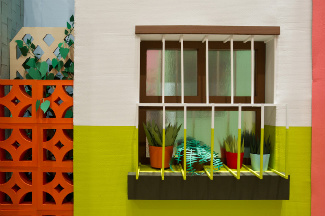 Metal bars across windows and handwritten signs selling churros might not sound beautiful to some people, but one artist was inspired to create art out of these every day images.
Metal bars across windows and handwritten signs selling churros might not sound beautiful to some people, but one artist was inspired to create art out of these every day images. 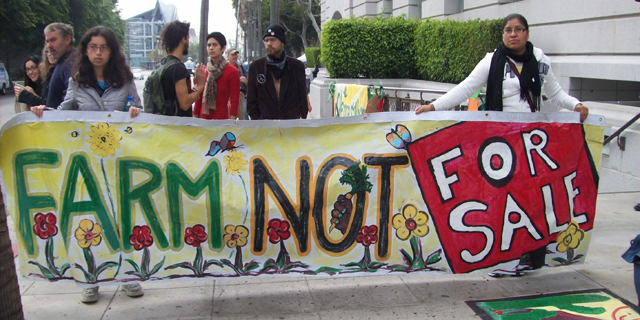
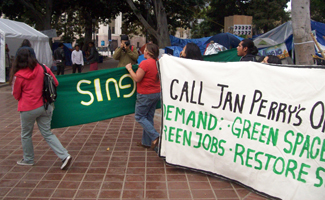
 For more than 200 students at the Foshay Learning Center, Tuesday wasn’t just any day. These local Kindergarten through 12th graders are participating in the FIT program. It’s a pep rally and fitness program led by the LA Clippers Foundation, who partnered with the California Endowment.
For more than 200 students at the Foshay Learning Center, Tuesday wasn’t just any day. These local Kindergarten through 12th graders are participating in the FIT program. It’s a pep rally and fitness program led by the LA Clippers Foundation, who partnered with the California Endowment.  Over the last six, LA Live’s developers have unveiled restaurants, clubs, stages and walking space south of downtown. In six more, they hope to add another draw: the National Football League.
Over the last six, LA Live’s developers have unveiled restaurants, clubs, stages and walking space south of downtown. In six more, they hope to add another draw: the National Football League.




